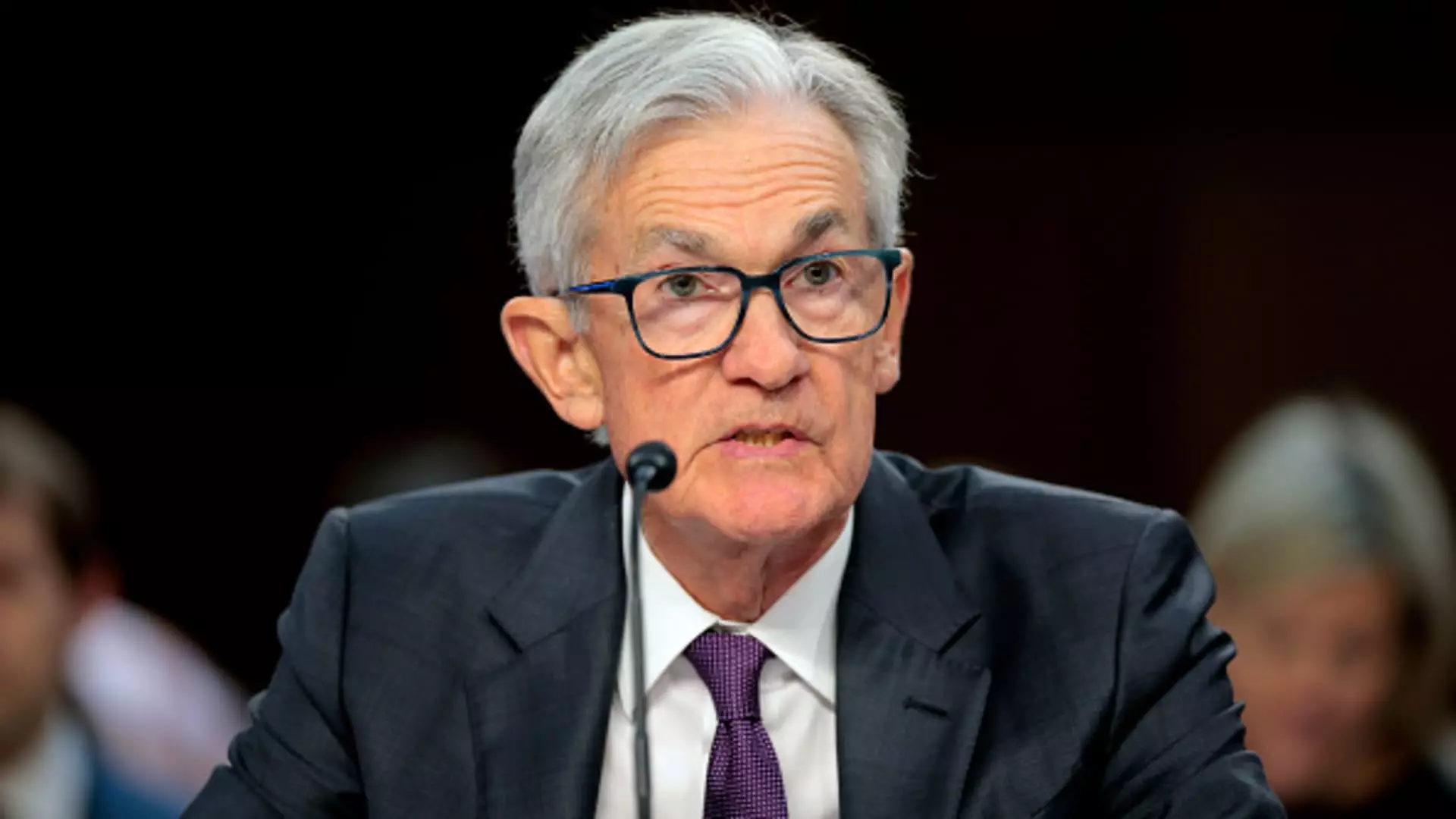The recent findings from the March CNBC Fed Survey present a troubling picture of the U.S. economy, indicating a notable increase in the perceived risk of recession. The probability of economic downturn has surged from 23% to 36%, marking the highest level of concern among financial leaders in six months. This shift blatantly reflects rising anxieties predominantly tied to the fiscal strategies implemented under the Trump administration, particularly concerning tariffs that have begun to overshadow inflation as the reigning concern for economic stability. It is alarming to witness a vast array of fund managers, analysts, and strategists collectively expressing such pronounced fears, as seen in the survey populated with 32 respondents who are typically at the helm of economic forecasting.
Tariffs Take Center Stage
The top-down economic strategies that once incited optimism post-Trump’s election have now transitioned into what many believe is an off-course agenda plagued by policy volatility. As Barry Knapp from Ironsides Macroeconomics notes, ongoing conversations among investors are increasingly rife with trepidation about how trade policies are mismanaging the economic landscape. Tariffs, often touted as a tool for protecting American jobs and industries, are now viewed through a skeptical lens; over 70% of survey respondents believe they are detrimental to jobs and growth, forecasting a grim societal fallout. This looming recession isn’t merely theoretical; the implications are far-reaching as they encroach on the everyday realities of American workers.
GDP Forecasts Reflect Shrinking Optimism
Compounding the anxiety is a staggering downgrade in GDP forecasts, plummeting from 2.4% to a meager 1.7% for 2025. While some manage to retain optimism for a bounce-back to 2.1% in 2026—echoing previous figures—the immediate future paints a concerning portrait. Economic experts like Neil Dutta from Renaissance Macro Research are voicing concerns that consumer spending will face significant headwinds, especially within a stagnant housing market and constipated local government budgets. The feedback from seasoned economists underscores a critical paradigm shift: the veritable fabric of economic growth appears to be fraying.
Monetary Policy: Stuck in a Quagmire
The Federal Reserve finds itself entangled in this web of uncertainty. With predictions suggesting at least two interest rate cuts are on the horizon, the central bank’s ability to maneuver is under intense scrutiny. Peter Boockvar, chief investment officer at Bleakley Financial Group, illustrates this dilemma from an operational standpoint: an aggressive cut in interest rates could precipitate negative consequences—especially if tariffs are subsequently lifted, raising questions about the Fed’s decision-making wisdom. The unpredictability of tariffs’ effects on inflation complicates matters further, leading to a rift in opinions about the future trajectory of monetary policy.
Consumer Sentiment and Market Reactions
This increasing dread isn’t limited to analysts and fund managers; consumer sentiment reflects similar apprehensions. The interaction of mounting tariffs with declining growth expectations spells potential disaster for small and medium-sized businesses that traditionally rely on healthy consumer expenditure to thrive. As more people begin to tighten their belts in anticipation of economic challenges, the danger escalates—drawing not only on individual finances but also on the overarching prosperity of the nation. Amid these harsh economic forecasts, the S&P 500’s downward trend for the first time since September accentuates the urgency of recalibrating the prevailing economic strategies.
Political Turbulence and Its Economic Fallout
As Mark Zandi from Moody’s Analytics aptly notes, the interplay of a global trade war, erratic governmental decisions, and a fractious political landscape portends a downward spiral that threatens American economic stability. The disarray in Washington exacerbates the uncertainty gripping the markets and citizens alike. At this juncture, one cannot help but feel that the policies being enacted are akin to shooting oneself in the foot.
This entire scenario is an urgent call for a reassessment of priorities—moving away from divisive tariff policies and toward cohesion in fostering growth that is not only resilient but also equitably distributed among Americans. The economic challenges ahead demand thoughtful leadership that champions reasonable solutions, not just knee-jerk reactions in an already fragile economic environment.

